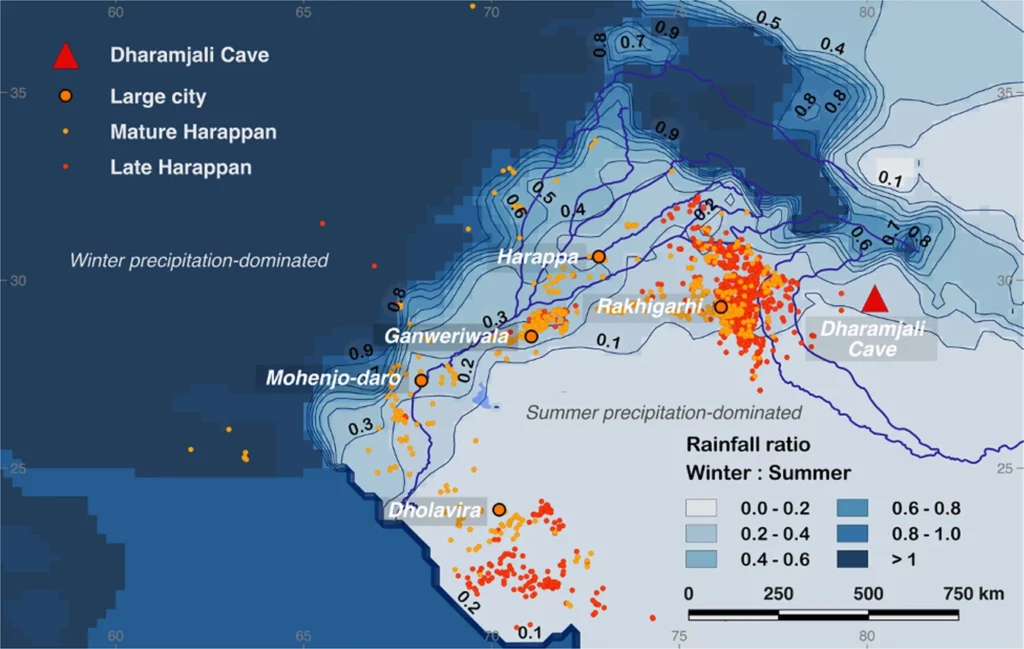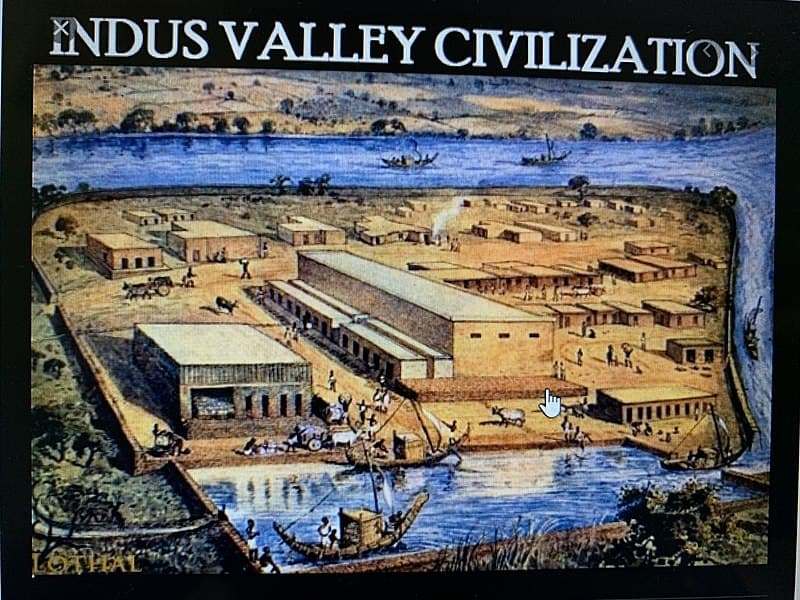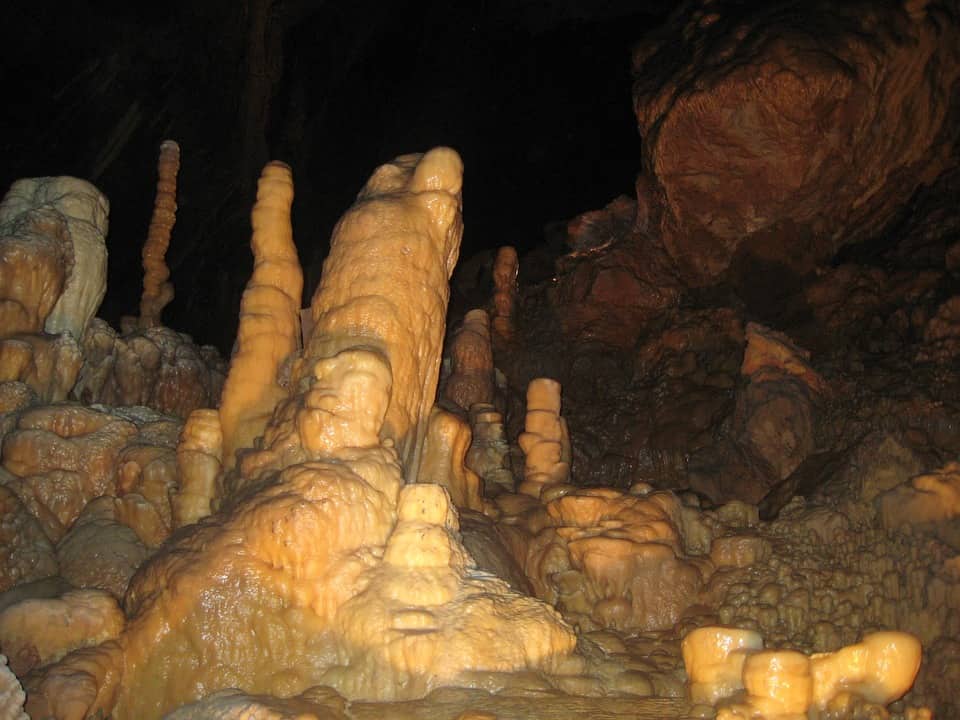In Asia, the Bronze Age Indus Valley Civilization thrived from 4,500 to 4000 years ago. But then, it unexpectedly collapsed. The people slowly abandoned their major urban centers and seemed to disappear. Now, new research has found evidence of a series of severe and lengthy droughts that may have toppled the entire civilization.

The Indus Valley Civilization lived in a semi-arid region. As such, they depended on the Ghaggar-Hakra river system for water. This was was crucial to their agricultural practices. Consequently, many settlements were located along this river network. Storms that occurred in the region supplied necessary water to the river system – until one day they didn’t.
Researchers at Cambridge University identified the beginning of an arid period in the valley starting around 4,200 years ago. This is a key period as it coincides with the reorganization of the civilization. Analyzing an ancient stalagmite from a cave, they found evidence of three prolonged droughts – each lasting between 25 and 90 years – during this arid period.
“We find clear evidence that this interval was not a short-term crisis but a progressive transformation of the environmental conditions in which Indus people lived,” said study co-author Cameron Petrie, a researcher at the Department of Archaeology at Cambridge University.
A close look into the civilization

Petrie and his team recorded historic rainfall data by looking at growth layers in a stalagmite they collected from a cave near Pithoragarh, India. A stalagmite is an upward-growing cave mound of mineral deposits. Stalagmites form and grow by constantly precipitating water dripping onto the floor of the cave. As a result, stalagmites carry a record of environmental conditions over time.
The researchers measured a set of environmental tracers, such as oxygen and carbon, which can help estimate rainfall over a period. They also used high-precision Uranium-series dating to know the age and duration of the droughts.
“Multiple lines of evidence allow us to piece together the nature of these droughts from different angles — and confirm they are in agreement,” lead author of the research Alena Giesche, who conducted the research as part of her PhD in Cambridge’s Department of Earth Sciences, said in a statement
The researchers identified periods of below-average rainfall in both the summer and winter seasons. Petrie said the evidence of the drought affecting crops “is extremely significant”. He added the droughts during this period increased in duration, with the last one being multi-generational in length.

The findings support previous studies that indicate that the decline of the Indus Valley Civilization was linked to climate change. But what’s been a mystery until now is how long the droughts lasted and the season they happened in, Giesche said. “That extra detail is really important when we consider cultural memory and how people make adaptations,” she added.
During the arid period, the inhabitants tried to adapt to this new normal, the researchers said. They abandoned large urban sites in favor of smaller rural settlements and changed the way they farmed, focusing on summer-crops that coped better with drought. The population also transitioned to a more self-reliant lifestyle, they added.
The researchers are now working to expand their climate reconstructions to western parts of the Indus River Region, where the winter rainfall system becomes more dominant than the Indian Summer Monsoon. “We need more records like this, from a west-east oriented transect across the region where the summer and winter monsoons interact,” Giesche said.
The study was published in the journal Communications Earth & Environment.









